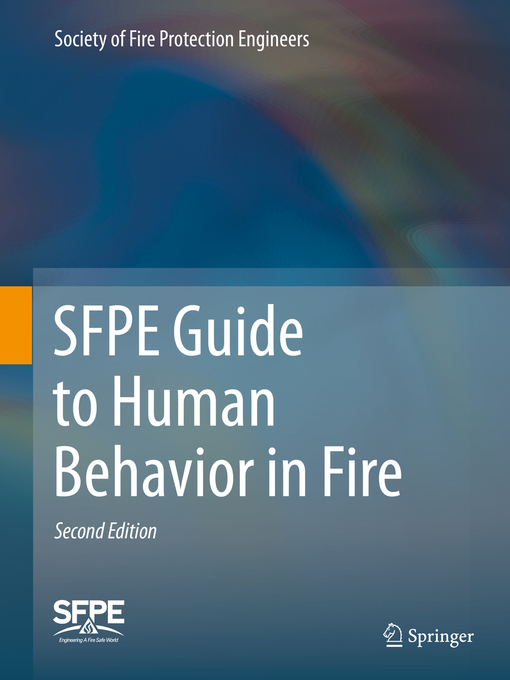The Second Edition of SFPE's Engineering Guide: Human Behavior in Fire provides a common introduction to this field for the broad fire safety community: fire protection engineers/fire safety engineers, human behavior scientists/researchers, design professionals, and code authorities. The public benefits from consistent understanding of the factors that influence the responses and behaviors of people when threatened by fire and the application of reliable methodologies to evaluate and estimate human response in buildings and structures.
This Guide also aims to lessen the uncertainties in the "people components" of fire safety and allow for more refined analysis with less reliance on arbitrary safety factors. As with fire science in general, our knowledge of human behavior in fire is growing, but is still characterized by uncertainties that are traceable to both limitation in the science and unfamiliarity by the user communities. The concepts for development of evacuation scenarios for performance-based designs and the technical methods to estimate evacuation response are reviewed with consideration to the limitation and uncertainty of the methods. This Guide identifies both quantitative and qualitative information that constitutes important consideration prior to developing safety factors, exercising engineering judgment, and using evacuation models in the practical design of buildings and evacuation procedures. Besides updating material in the First Edition, this revision includes new information on:

